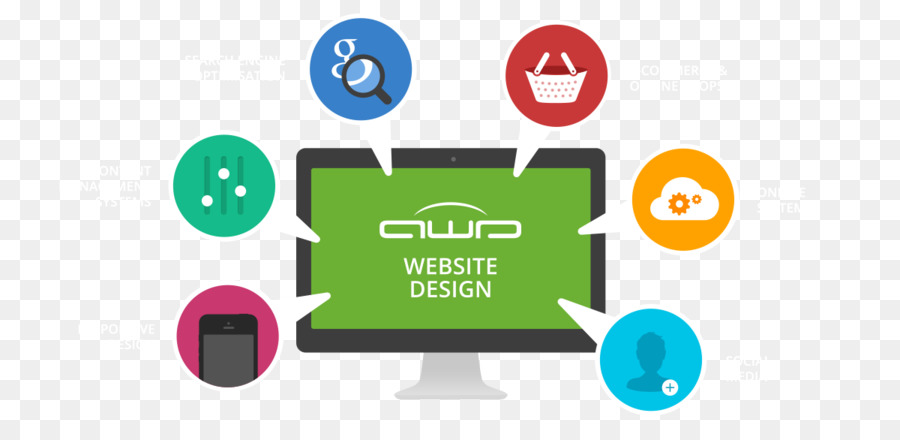The Transformation Of Online Operatings Systems: A Trip Via Time
The Transformation Of Online Operatings Systems: A Trip Via Time
Blog Article
Article Produced By-Jonasson Bowles
In the past, internet sites were easy and concentrated on information. Navigating was direct, and design was for desktop computers. Now, customer experience is crucial. Data overviews designs for easy navigation. Receptive designs match different tools. Today, dark setting minimizes pressure, and minimalist food selections improve navigating. web and mobile design involve individuals, and vibrant visuals stand out. AI integration improves engagement. See exactly how style has actually evolved to improve your on-line journey.
Very Early Days of Website Design
In the early days of web design, simpleness reigned supreme. Web sites were standard, with restricted colors, typefaces, and layouts. The focus got on providing details as opposed to showy visuals. Individuals accessed the net through slow-moving dial-up links, so rate and functionality were crucial.
Navigation food selections were straightforward, usually situated on top or side of the page. Internet sites were developed for home computer, as mobile browsing had not been yet widespread. Content was king, and developers prioritized simple readability over intricate style elements.
HTML was the main coding language made use of, and developers had to work within its restrictions. Computer animations and interactive functions were very little contrasted to today's criteria. Internet sites were fixed, with little vibrant web content or individualized individual experiences.
Surge of User-Focused Layout
With the development of website layout, a shift towards user-focused layout principles has ended up being progressively popular. Today, producing sites that focus on individual experience is essential for engaging site visitors and achieving organization objectives. User-focused style entails recognizing the requirements, preferences, and behaviors of your target audience to customize the website's format, material, and includes appropriately.
Designers currently carry out comprehensive research study, such as customer studies and use screening, to gather insights and comments straight from users. This data-driven strategy aids in creating user-friendly navigation, clear calls-to-action, and aesthetically appealing interfaces that reverberate with visitors. By placing the user at the facility of the design process, web sites can deliver a much more individualized and delightful experience.
Responsive style has actually likewise emerged as an essential aspect of user-focused layout, guaranteeing that websites are maximized for different tools and screen sizes. This versatility enhances accessibility and usability, satisfying the diverse methods customers connect with websites today. Basically, the surge of user-focused design indicates a shift towards producing digital experiences that focus on the needs and expectations of the end individual.
Modern Trends in Website Design
Discover the current patterns forming web design today. One popular fad is dark setting layout, using a streamlined and modern look while lowering eye strain in low-light atmospheres. One more crucial trend is minimalist navigation, streamlining food selections and improving user experience by concentrating on essential elements. Incorporating micro-interactions, such as animated switches or scrolling impacts, can produce an extra appealing and interactive web site. Responsive layout continues to be important, guaranteeing smooth user experiences throughout different devices. In addition, using bold typography and unbalanced designs can include visual interest and accentuate certain web content.
Integrating AI modern technology, like chatbots for client assistance or individualized referrals, boosts customer involvement and simplifies processes. Access has additionally become a substantial pattern, with developers focusing on comprehensive design techniques to deal with diverse individual demands. Welcoming sustainability by optimizing web site performance for rate and efficiency is another arising fad in web design. Teaming up with customer comments and data analytics to repeat and improve style continuously is necessary for remaining appropriate in the ever-evolving electronic landscape. By accepting these modern-day fads, you can create a visually appealing, easy to use internet site that resonates with your target market.
Conclusion
As you review the development of website design from the early days to currently, you can see exactly how user-focused style has become the driving force behind modern-day patterns.
Embrace website content writing company of change and adjustment in website design, always keeping the customer experience at the leading edge.
Stay present with the most recent patterns and innovations, and never quit evolving your strategy to produce aesthetically stunning and user-friendly websites.
Progress, adapt, and create - the future of web design remains in your hands.
